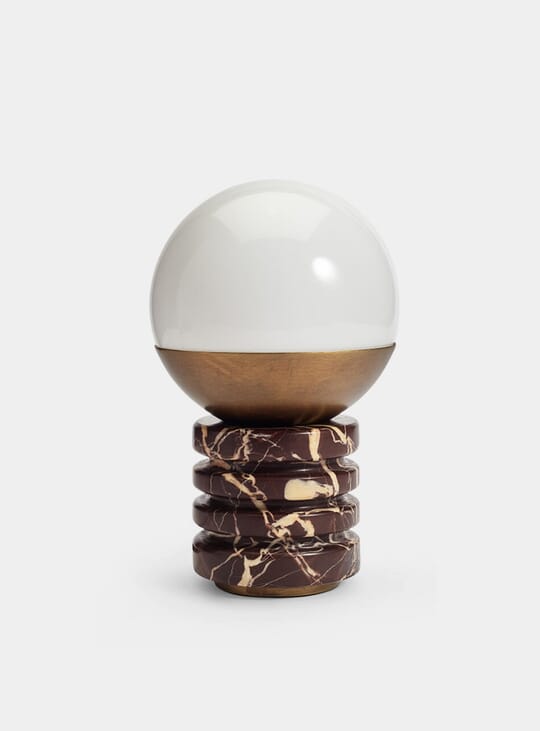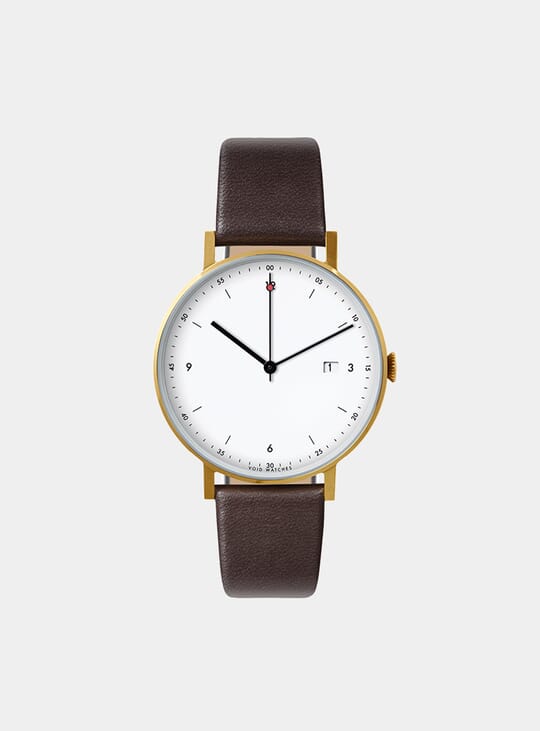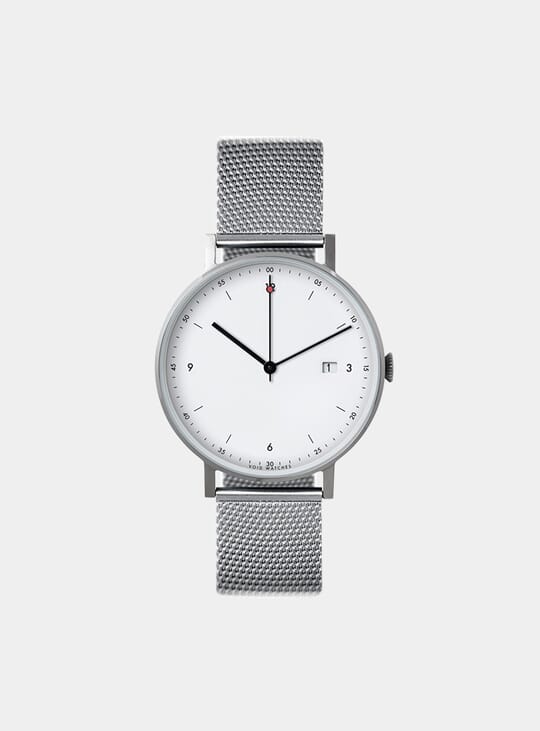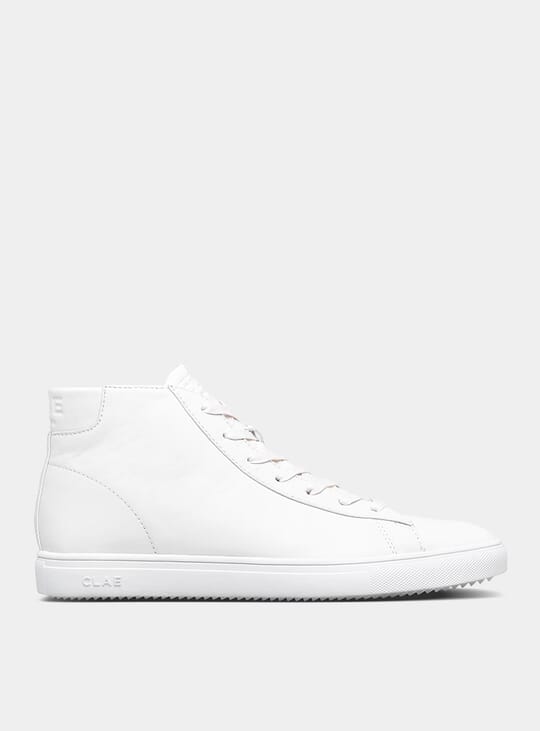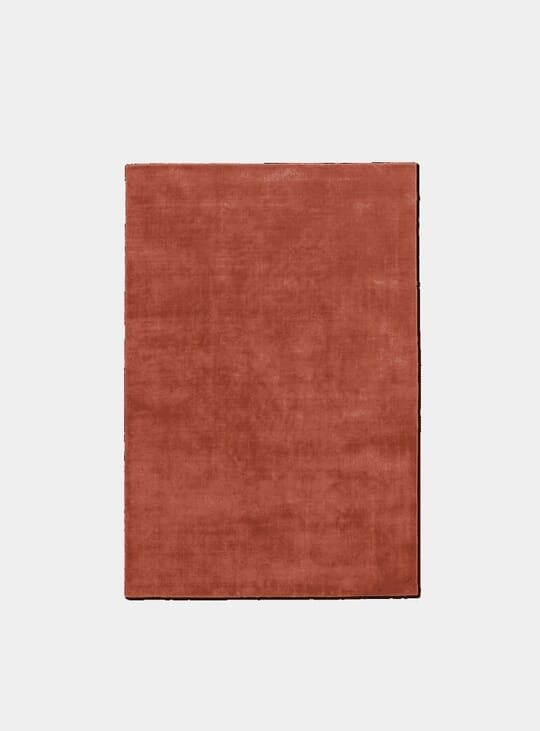If you're a style-conscious Londoner, chances are you've paid a visit to Couverture and the Garbstore, a Notting Hill style haven that's been renowned for its eclectic edit of menswear, womenswear, accessories and homewares since its inception in 2008. Situated on the basement floor is Garbstore, home to a range of international menswear labels including the store's eponymous brand — the brainchild of eminent menswear maestro Ian Paley. In an age of fast fashion, Garbstore refreshingly rejects trends, instead offering up a timeless range of functional, utilitarian-inspired shirts, trousers and outerwear that are made to stand the test of time, in terms of both aesthetics and durability. We caught up with Ian to chat about the brand's origins and design influences, as well as what he's learnt throughout his impressive career.
Can you tell me a bit about your background in menswear and design?
After graduation I started in a design position at Paul Smith, responsible for their R.Newbold brand, then Paul Smith Jeans, and most of the ranges that were put out into Japan; of these the Red Ear collection was really my first push into something I wanted to start.
Throughout the late nineties I worked as a consultant to BBH advertising agency in London, working on Levi’s Engineered Jeans launch and brand campaign, and from there I did a lot of other consultancy work for Burberry and Levis in San Fransisco. These experiences gave me the confidence and money to start my first solo brand called One True Saxon, an idea I had fleshed out over a few years before starting it up.
What was the impetus behind launching Garbstore?
I was very keen to start a physical store, as there seemed to be such a drastic difference between passion stores in Japan and what was happening in Europe. Through friends and connections over the years I felt I was well placed to start a store that reflected all of my experiences up until that time. It was also really important that the store had an old school house brand, to give the store first hand goods it wanted to sell.
What influences inform the Garbstore aesthetic?
The collection is made in a way that is consistent with the past; honest goods, no corners cut. It combines slow but proper industrialised mass manufacturing, rather than a homemade feeling. I am always drawn to clothes from the '50s, the post-war ‘demob’ way of making casual clothes on re-purposed uniform lines.
Is there a certain type of man you envision as the typical Garbstore customer?
One where brand and hype are not important, who have an appreciation of construction and textile.
Garbstore has been around for 12 years now… What have been the most important things you’ve learnt in that time?
That hype can get brands only so far, sooner or later the issue of longevity will always catch up. I think producing clothes without an age of customer in mind is really helpful.
Throughout the span of your career, have you witnessed a shift in the way men dress and what they want from their clothing?
Yes I think the era of hype has eroded the notion of quality. The relationship between looking good in the real world as opposed to the digital world has lessened somewhat. There has also been a move more towards specialism, less about a name doing all things but brands/factories/makers sticking to their patches.
What are some wardrobe staples you personally can’t live without?
Keen UNEEK sandals, a ten year old Garbstore military cloth ottoman coach jacket with a M65 collar.
What are some of your favourite Garbstore pieces at the moment?
I’m a big fan of our new Japan Cordura line of winter coats.
What do you see for the future of Garbstore?
Hopefully more of the same. It makes sense for us to do that.









